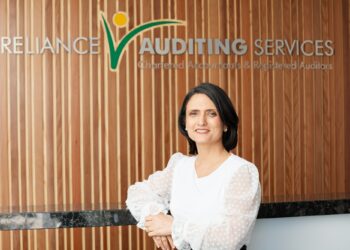The ATO has placed increasing emphasis on appropriate and supportable asset valuations, and trustees must be aware of these requirements to safeguard their fund’s integrity and avoid costly penalties.
Why accurate valuation matters
Valuing SMSF assets at market value is an annual requirement. This ensures that the financial position of the fund is accurately reflected in the SMSF’s financial statements and regulatory returns. Market value impacts a range of essential calculations, including member balances, pensions, investment performance, in-house asset assessments, and contribution limits. Accurate valuations are also vital when processing benefit payments, such as lump sums or pensions, and for determining if a Fund has met the minimum pension standards in a particular year.
The ATO requires that all assets be valued at their market value as at 30 June each year. Trustees are ultimately responsible for ensuring valuations are appropriate, even if professional assistance is obtained.
When to obtain a professional valuation
While trustees can generally perform valuations themselves, there are situations where engaging a qualified independent valuer is highly recommended — or even necessary.
A few common examples are listed below:
- Real Property: If the value of property assets is expected to have changed significantly due to market conditions or improvements, or if the property forms a substantial portion of the fund’s total assets, professional valuation is prudent.
- Collectables and Personal Use Assets: artwork, antiques, or rare wines (as examples) must be valued by a qualified independent valuer when the asset is transferred to a related party.
- Unlisted Shares and Units in Unlisted Trusts: Valuation of these investments should reflect an objective market value, supported by financial statements and relevant data, and may require professional assessment in more complex situations.
Although it can incur additional costs, engaging a professional provides objectivity and credibility, especially under external audit scrutiny, including the ATO.
Supporting documentation is key
Regardless of who performs the valuation, comprehensive documentation is crucial. Trustees must retain evidence to support how each valuation was determined. This may include:
- – Independent valuation reports
- – Comparable sales data
- – Real estate appraisals from licensed agents
- – Financial statements for unlisted entities
- – Valuation methodologies and assumptions used
Proper record-keeping not only supports regulatory compliance but also assists independent auditors in efficiently conducting their reviews each year.
Common pitfalls to avoid
Trustees should be cautious of outdated valuations, reliance on informal estimates, or neglecting to reassess asset values annually. Failing to accurately value assets can lead to breaches of regulatory requirements, incorrect reporting, and unintended tax consequences.
Looking ahead
As regulatory scrutiny continues to rise, SMSF trustees must remain proactive. Regular reviews of asset values, maintaining robust records, and seeking professional advice when in doubt are best practices that can safeguard the Fund’s compliance and performance.
At the heart of effective SMSF management lies diligent asset valuation — ensuring not only compliance with ATO requirements but also the long-term security of retirement savings.
For further information, please refer to this ATO link:


